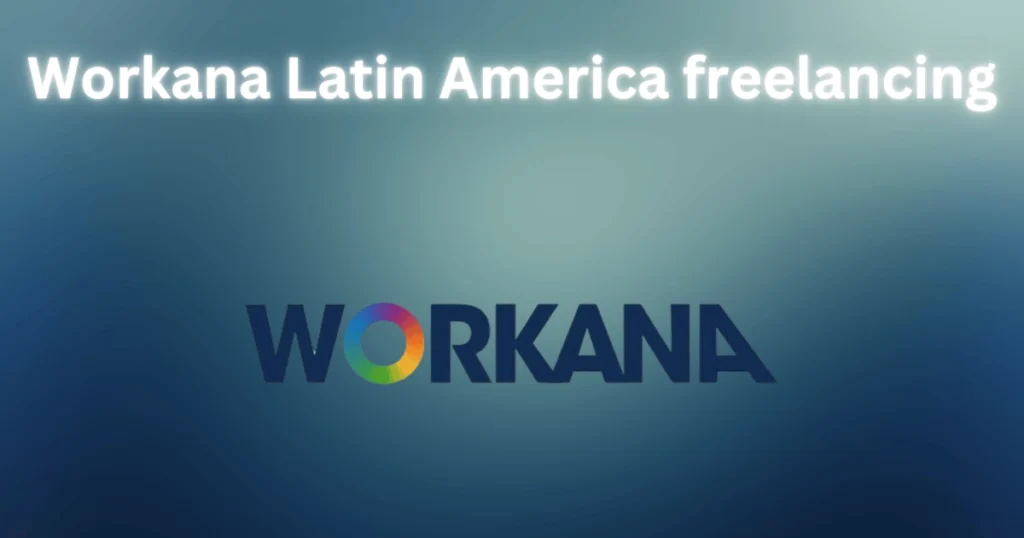The platform itself is free to join, and freelancers don’t need any significant upfront investment.
Workana allows freelancers to grow their earnings by taking on more projects, but scaling requires time and reputation building. It is not as scalable as a fully automated online business.
Freelancing requires active work on projects. After completing tasks, income stops, and new work needs to be secured to continue earning.
The demand for freelancers, especially in tech, marketing, and creative fields, remains strong in Latin America, though it can be cyclical and subject to external economic conditions.
Competition is moderate, with many freelancers bidding for the same projects. It can be challenging for newcomers to stand out, but with a good portfolio and persistence, success is possible.
Freelancers may struggle to get their first few jobs, but once a reputation is built, income becomes more consistent. However, initial earnings can take time to materialize.
Freelancing on platforms like Workana can be stable if the freelancer consistently delivers quality work and maintains client relationships. However, it is dependent on market demand and platform policies.
There is a risk of not landing enough projects, especially in a competitive market. Additionally, freelancers can face unstable income or late payments from clients.
New freelancers can enter, but it can be difficult to build credibility and secure clients initially. Those with strong portfolios or skills may have an easier time.
Workana’s ability to adapt to economic and platform changes depends on external factors like market trends and competition. The platform has seen fluctuations but continues to be a prominent freelancing hub.
Workana is accessible mainly in Latin America, but its global reach is limited compared to other platforms like Upwork or Fiverr.
Freelancers with specialized skills are more likely to find work, but beginners can still get started with general freelancing jobs. However, some jobs require advanced skills and experience.
Workana supports several payment methods, but some regions may face delays or higher fees. Generally, payments are not instant and can take a few days to process.
Earning money on Workana is not guaranteed. It requires ongoing effort, portfolio building, and successful bidding. Freelancers need to actively pursue opportunities, making it less passive.
